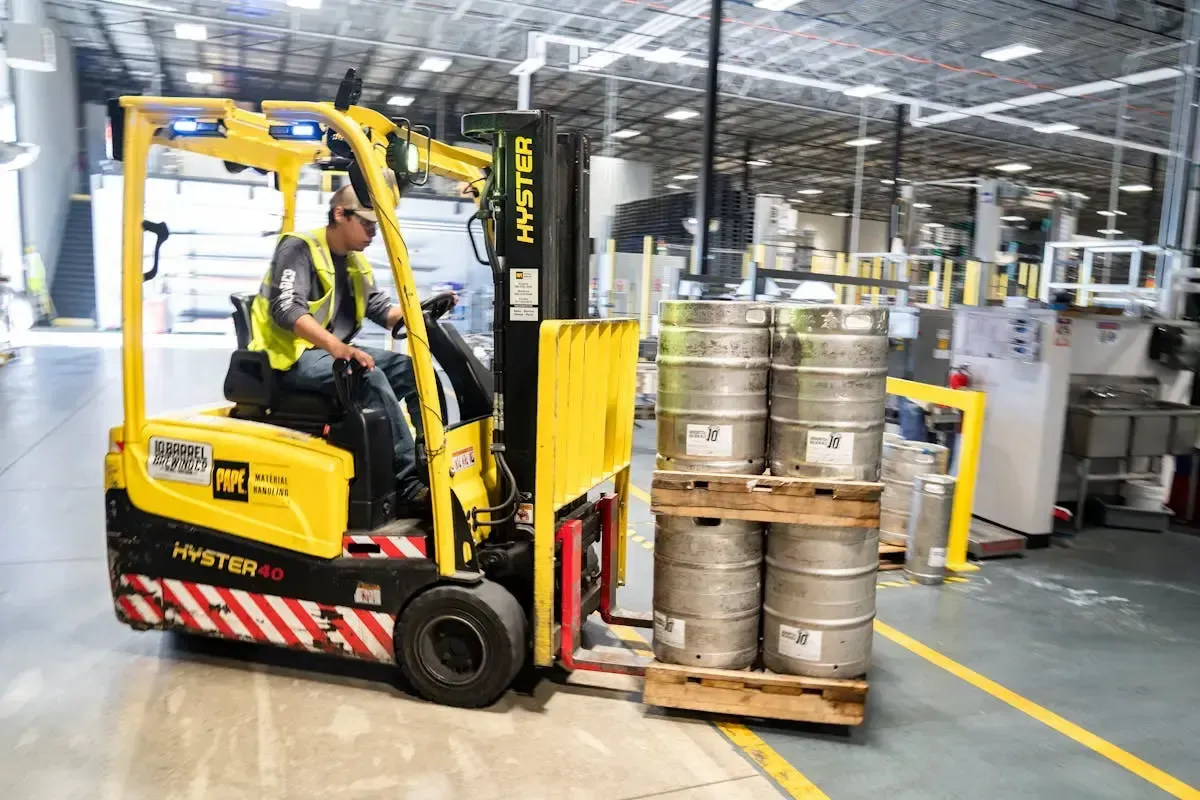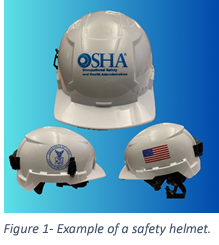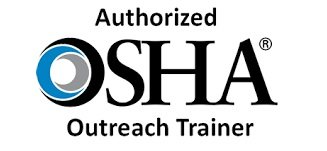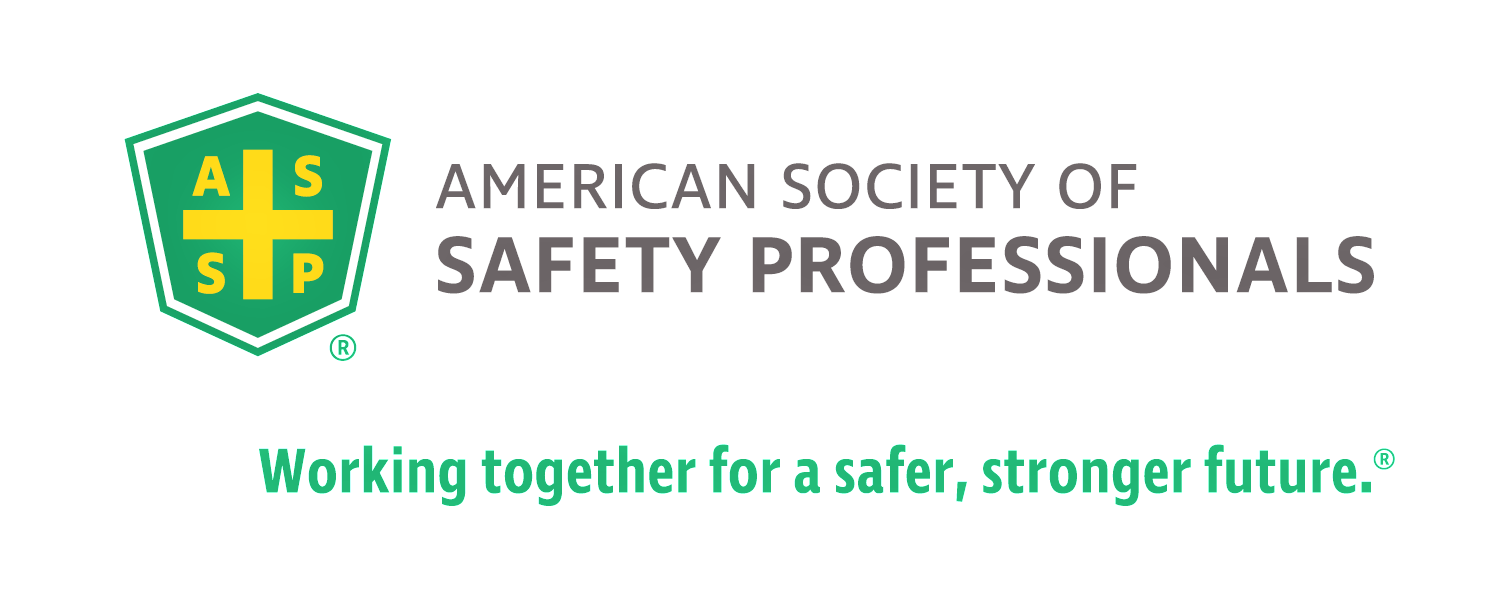The Role of Safety Management Systems in Mitigating Workplace Risks
Safety Management Systems
Navigating the intricacies of workplace safety can often feel like trying to find your way through a dense fog. But with the right compass, namely a solid Safety Management System (SMS), businesses can not only find their path but also ensure that everyone on their team makes it through unscathed. This blog explores how implementing an effective SMS can transform a perilous trek into a well-lit journey towards safety and compliance.
Unpacking Safety Management Systems
At its core, a Safety Management System (SMS) is not just a set of documents or an obscure policy that gathers dust on a shelf. It's a dynamic and holistic approach that ensures every aspect of workplace safety is addressed comprehensively. Imagine SMS as a sophisticated architecture that integrates all safety-related activities under one roof. This system sets the stage for a safer work environment by not only identifying potential hazards but also by instilling a culture where safety becomes everyone's responsibility.
Diving deeper, SMS revolves around the anticipation, recognition, and response to any risks that might compromise the health and safety of employees. From the mundane slips and trips to the more sinister chemical exposures, SMS offers a structured way to manage all risks. It's fascinating to see how seamlessly these systems blend into everyday operations, ensuring safety becomes a natural part of decision-making processes, rather than an afterthought.
The Cornerstones of an Effective SMS
Key to any effective Safety Management System is its foundation. Four cornerstone elements stand out: policy, planning, implementation, and monitoring. The policy is the guiding star, illustrating the organization’s commitment to safety. Planning involves identifying potential hazards and assessing risks, while implementation puts the plan into action. Monitoring and review then close the loop, turning safety management into a cyclic journey towards continuous improvement.
Another critical component is the empowerment of all employees to partake in safety measures. Through training and active participation, workers at every level become the eyes and ears of the SMS, capable of spotting hazards that otherwise might go unnoticed. This inclusive approach not only enhances the effectiveness of the SMS but also fosters a sense of collective responsibility and ownership over workplace safety.
Why Your Business Needs an SMS Yesterday
In today's ever-evolving workspace, the absence of an SMS is akin to setting sail without a compass. Such an oversight not only jeopardizes employee well-being but also exposes the organization to legal and financial perils. Regulatory compliance is just the tip of the iceberg. An SMS transcends mere legalities, offering a framework for fostering a safe, efficient, and resilient workplace culture, thereby enhancing operational efficiency and employee morale.
Case Studies: SMS Success Stories
The proof is in the pudding, they say, and this holds true for safety management systems. A myriad of organizations, both large and small, have reaped the benefits of implementing SMS. For instance, a manufacturing giant witnessed a staggering 70% reduction in workplace accidents within a year of rolling out its comprehensive SMS, highlighting the system's potential to radically transform safety standards.
Step-by-Step Implementation of an SMS in Your Workplace
Implementing an SMS is not an overnight task but rather a journey towards a safer workplace. The first step lies in garnering top-level support, as commitment from leadership is crucial. Following this, conducting a thorough risk assessment to understand existing challenges is key. With these insights, organizations can then tailor their SMS, incorporating training programs, regular audits, and continuous feedback mechanisms to ensure the system remains dynamic and effective.
Overcoming Common Challenges in SMS Adoption
Resistance to change is a common hurdle in SMS adoption. Overcoming this requires clear communication, illustrating the tangible benefits of an SMS for all stakeholders. Another challenge lies in ensuring the system remains agile, adapting to new risks and regulations. This necessitates an ongoing commitment to SMS evolution, with regular reviews and updates keeping the system relevant and robust.
Staying Ahead: The Future of Workplace Safety and SMS
As we look to the future, the role of technology in enhancing SMS efficacy is undeniable. Innovations like artificial intelligence and Internet of Things (IoT) offer new frontiers for hazard detection and risk management. These tools not only streamline safety processes but also provide actionable insights, leading to a proactive approach to workplace safety. Embracing these advancements will be key to staying ahead in the ever-evolving landscape of workplace safety.
A Safer Tomorrow
In a world where workplace hazards loom around every corner, it’s comforting to know that a well-designed Safety Management System can offer a beacon of protection. By embracing the principles of identification, assessment, and control of workplace risks, organizations can foster a culture of safety that benefits everyone involved. Let's together make safety a priority, not an afterthought. Remember, a safer workplace is not only a regulatory requirement; it's a moral imperative to ensure everyone gets home to their loved ones safe and sound every day.















